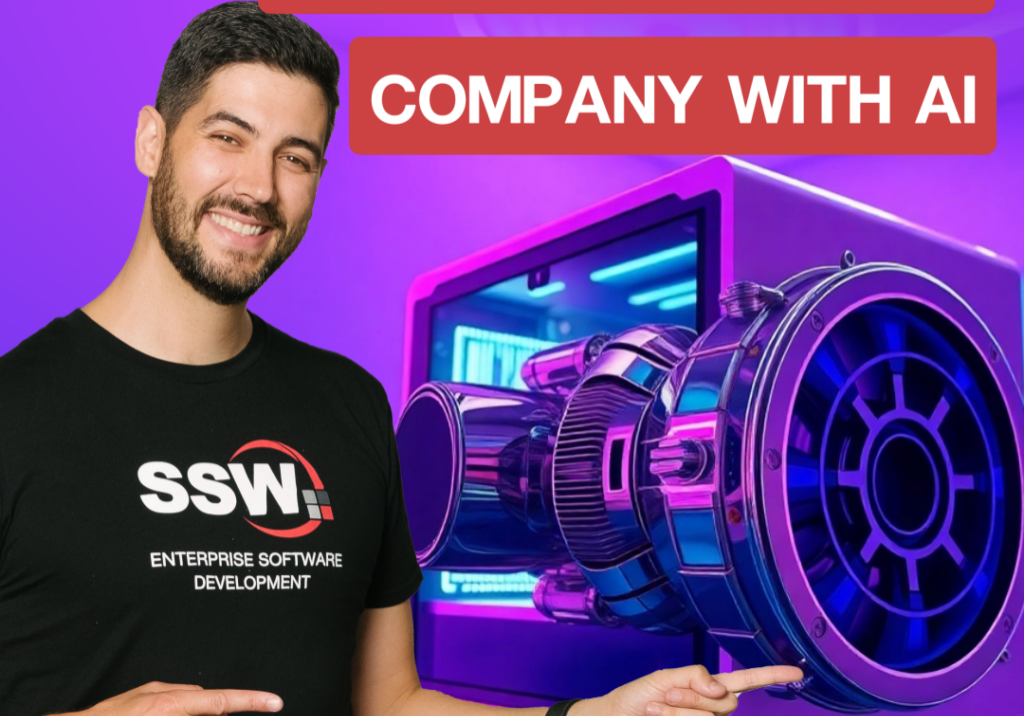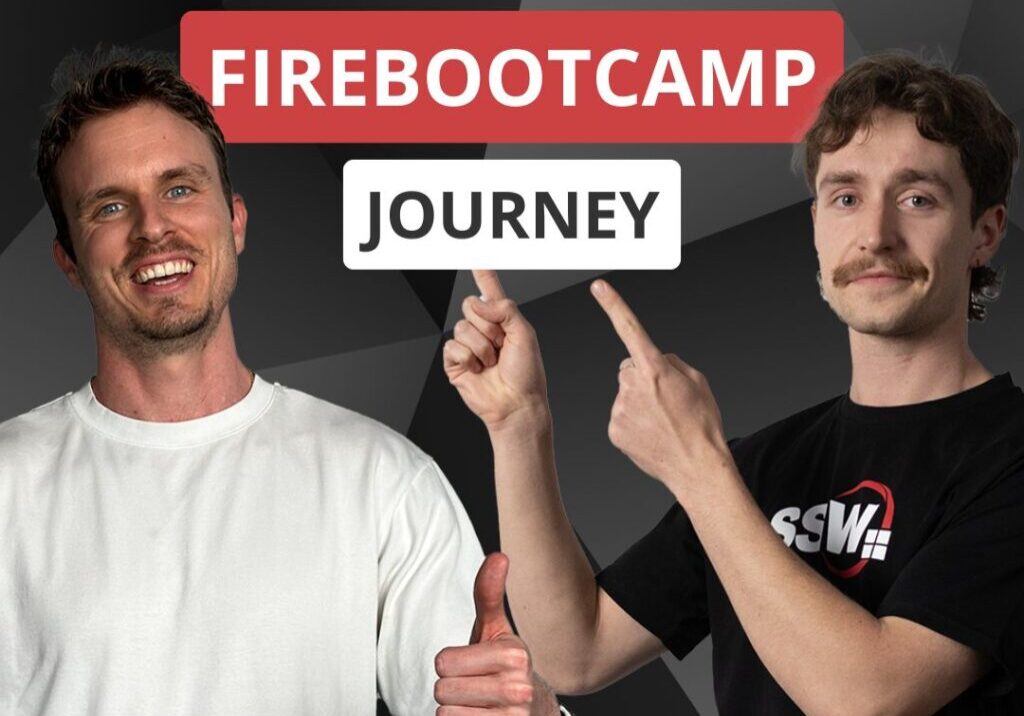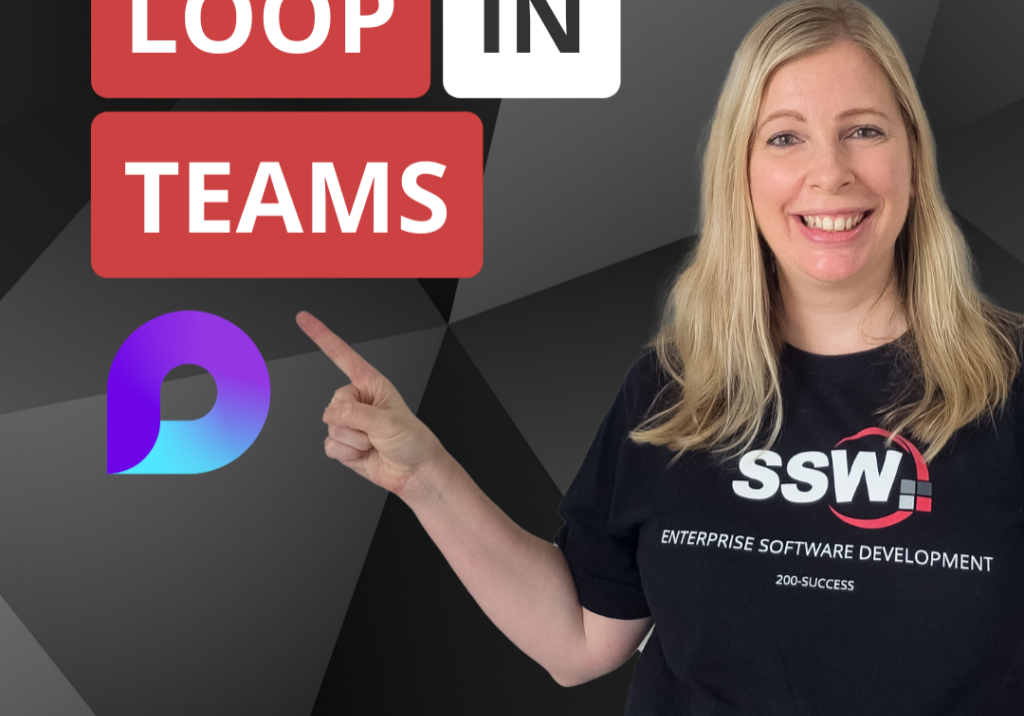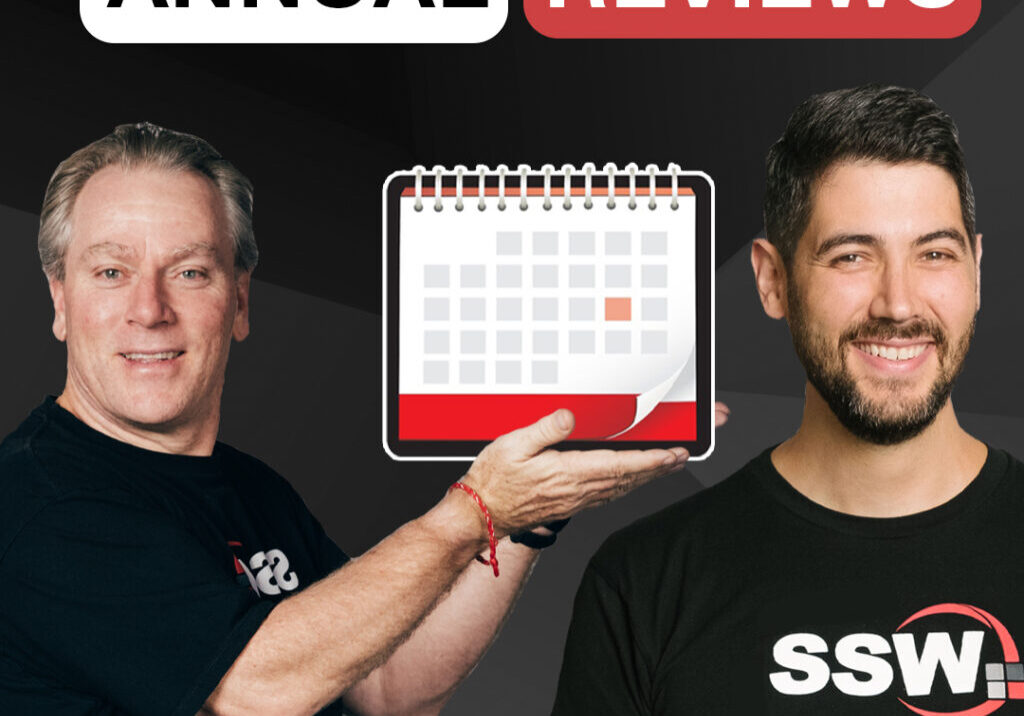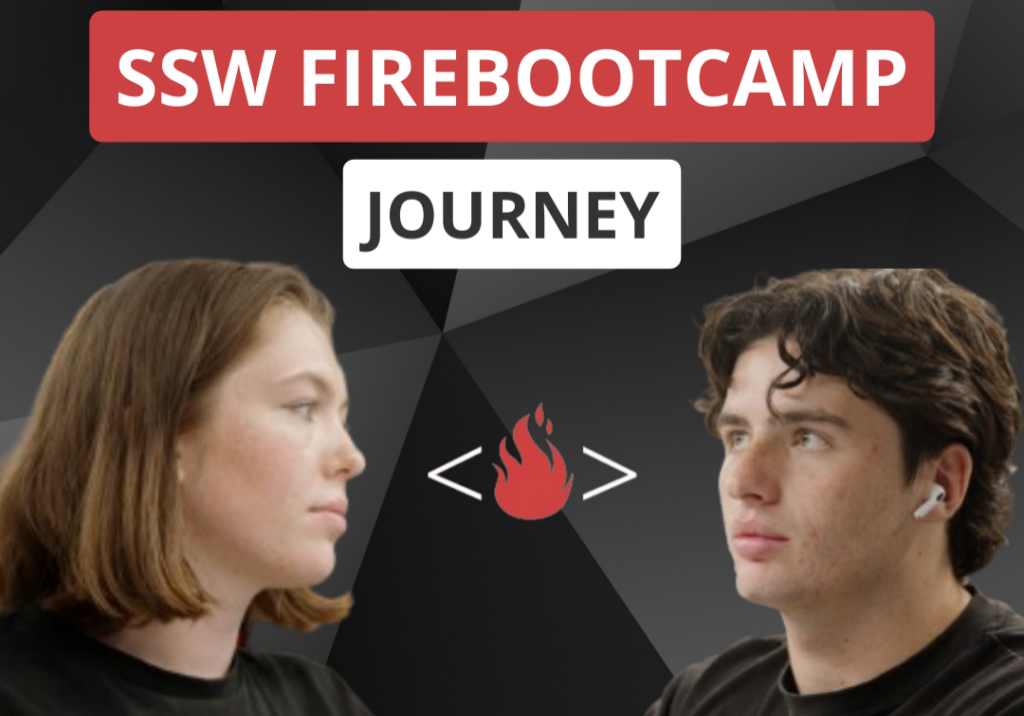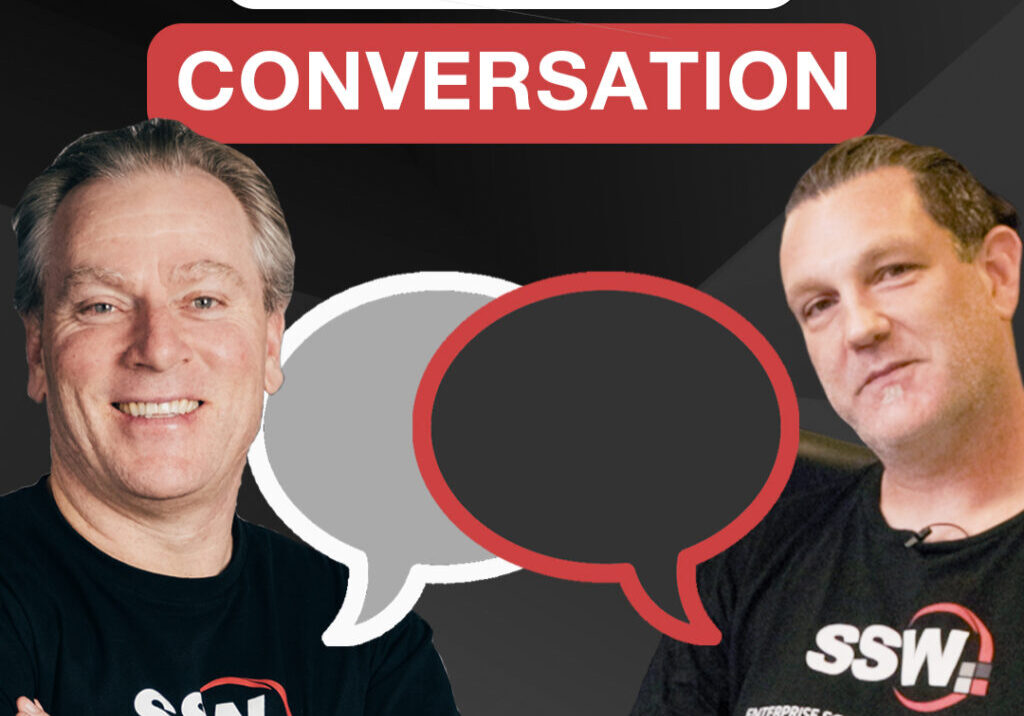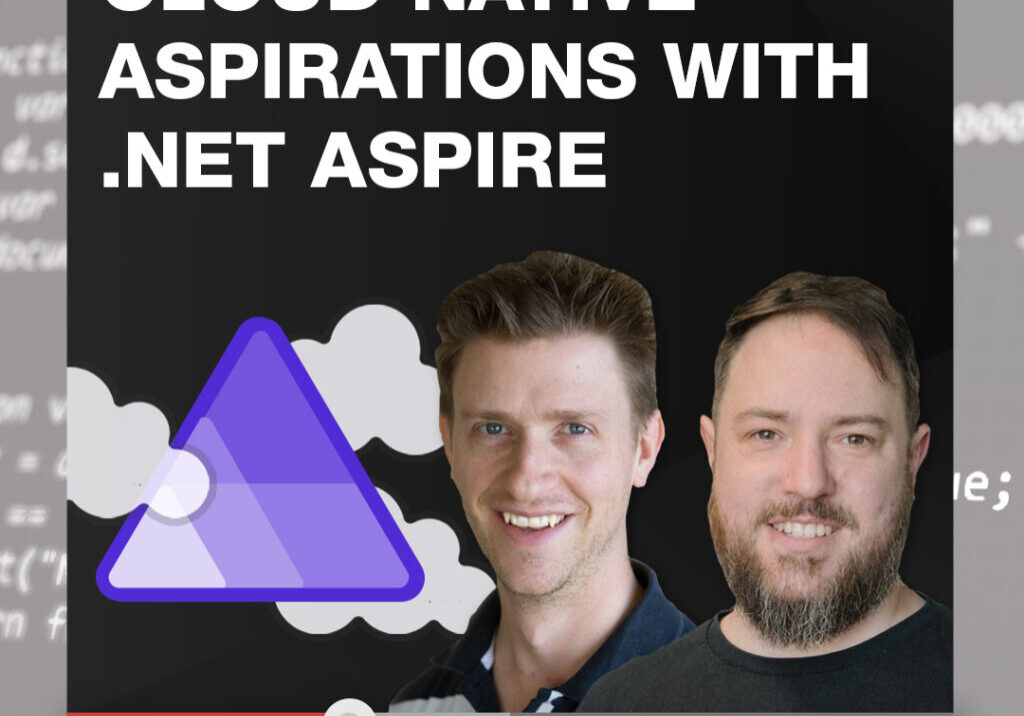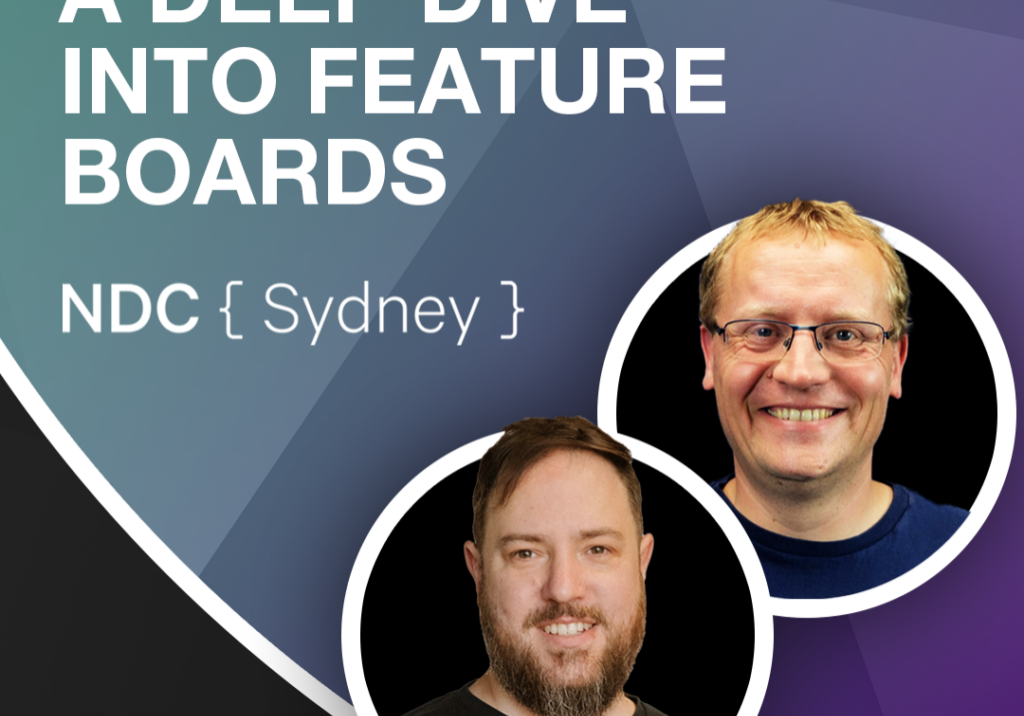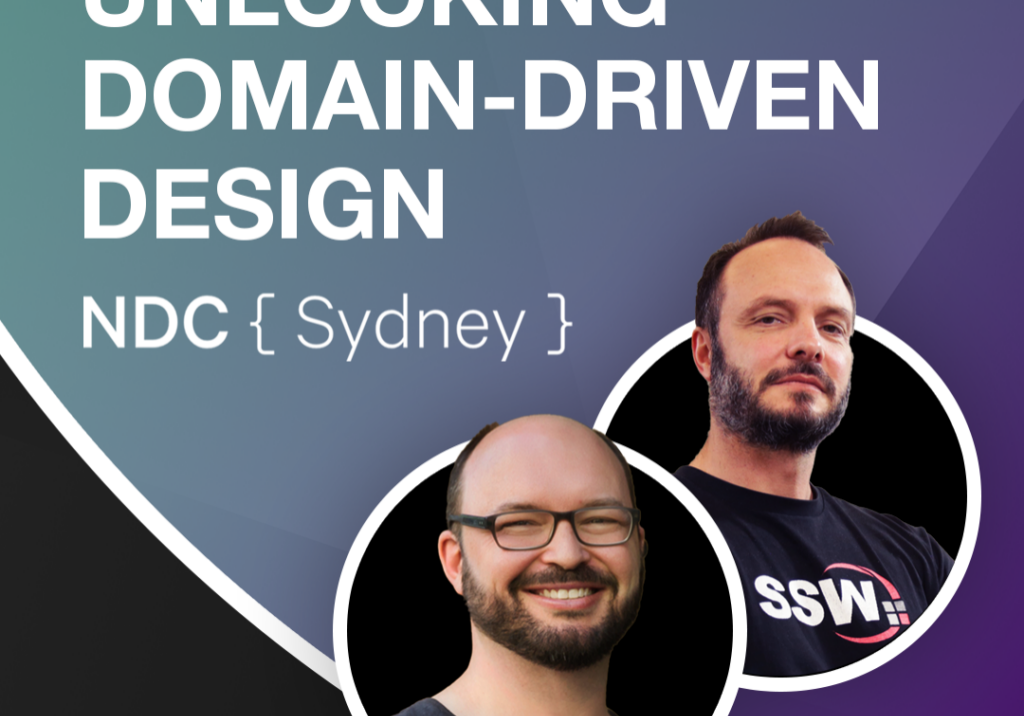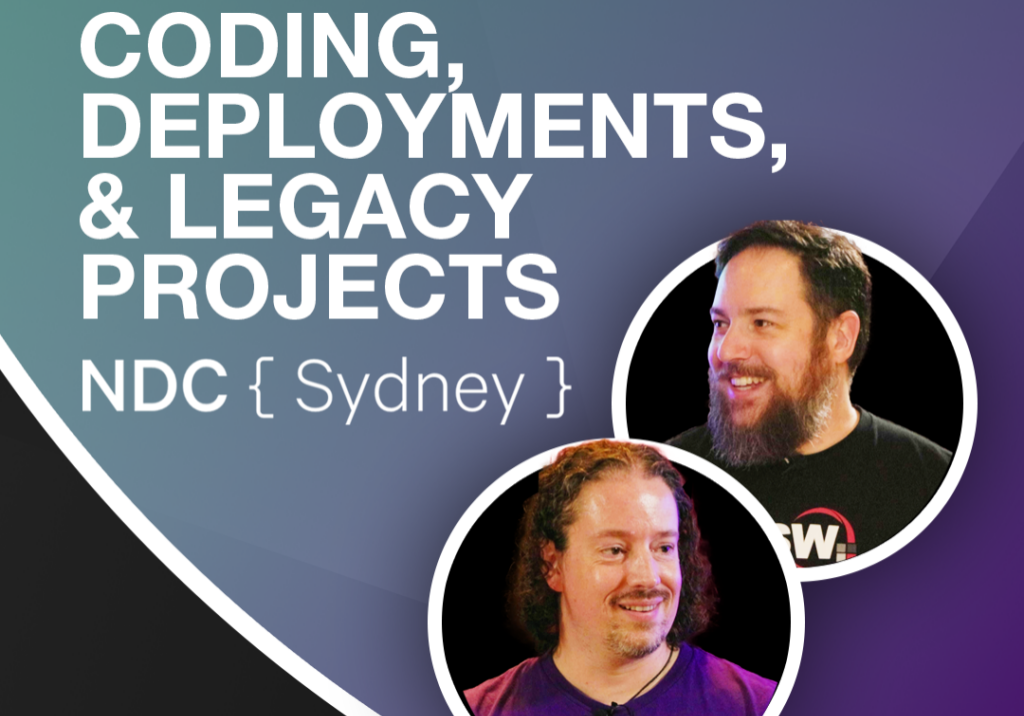SSW’s Chief Architect and Microsoft Regional Director Adam Cogan interviews Richard Campbell of DotNet Rocks! fame all on building trust in teams.
They use 2 real life role play examples – one in person confrontation and then another but through email.
They discuss:
– Daniel Pink’s book ‘Drive’ which features his framework: ‘Autonomy, Mastery and Purpose’
– Eroding trust
– Building trust
– Role play – conflict in-person
– Role play – conflict via email
– Eating together
– Nicknames
About the speakers

Adam Cogan & Richard Campbell
Adam Cogan
Adam Cogan is the Chief Architect at SSW, a Microsoft Certified Gold Partner specializing in custom .NET, SharePoint, Business Intelligence, and CRM solutions. At SSW, Adam has been developing custom solutions for businesses across a range of industries such as Government, engineering, banking, insurance and manufacturing since 1990 for clients such as Microsoft, Worley Parsons and Aurecon.
Richard Campbell
Richard Campbell wrote his first line of code in 1977. His career has spanned the computing industry both on the hardware and software sides, development and operations. He was a co-founder of Strangeloop Networks, acquired by Radware in 2013 and was on the board of directors of Telerik which was acquired by Progress Software in 2014.
Today he is a consultant and advisor to a number of successful technology firms and is the founder and chairman of Humanitarian Toolbox (www.htbox.org), a public charity that builds open source software for disaster relief. Richard is also the host of two podcasts: .NET Rocks! (www.dotnetrocks.com) which publishes three shows a week to .NET developers and RunAs Radio (www.runasradio.com) which is a weekly show for IT Professionals.
